Strategy Role Playing Games (SRPGs) have seen a resurgence in recent years, and as a fan of the genre it pleases me to see companies like Square Enix creating brand new series such as Triangle Strategy. With a gleaming reputation for fantastic story driven Role Playing Games, anything developed by this company has the potential to be a hit. With that in mind, is Triangle Strategy the start of a new legacy?
Triangle Strategy
Nintendo Switch
Developed by Square Enix
Published by Square Enix
Released: 04/03/2022
Digital copy provided by Nintendo UK
For those unfamiliar with the genre, SRPGs are a game where the player will usually be operating with a squad of characters who they will strategically move around a grid-based map. The goal is often to defeat all enemy units, although some battles will involve reaching a certain waypoint or protecting a specific unit from enemy attacks.
Triangle Strategy opens with a telling of the Saltiron War – A conflict between three nations (Hyzante, Glenbrook and Aesfrost) that took place just thirty years prior, as well as introducing Serenoa, the protagonist of this story. After an introduction to the world and supporting characters, players are thrusted into their first battle and the basic mechanics are set out here. I was ecstatic at the prospect of these mechanics and the game had me hooked immediately. Not only is the gameplay amazing, the narrative and characters have a great depth to them, and kept me invested in the world of Norzelia.

Each battle begins with the unit who’s speed stat is the highest. Subsequently, the turns that follow are based on each individual’s speed stat, meaning that you might see multiple enemies move and attack before any of your units have the opportunity to. Being a fan of the Fire Emblem series myself, I am used to moving all of my units first whilst trying to consider what the enemy may do on their turn and where they might move all of their units. I was pleasantly surprised at how well this system works in Triangle Strategy and it had me constantly thinking about the best course of action, which is pretty much what you want from an SRPG. I particularly enjoyed considering whether it was best to take out an enemy who was due to move immediately after me, or weighing up the tactical benefits of taking my fight to stronger enemies who may not be moving for a while. As well as simply attacking, some units will be able to employ buffs on allies or debuffs on enemies, such as raising defences or inducing temporary blindness, raising the likelihood of attacks missing.
Further from the basic elements of battles, Triangle Strategy implements some mechanics to make you think not only about where you are placing your units, but which direction they are facing and whether they are in a favourable position in the battlefield. For example, if an enemy can hit you from behind they will earn a critical hit – doing far more damage than a standard attack. It is wise for players to consider this not only when moving but when attacking opposition. After each action, you can turn your character. You may find edging them against a wall helpful or strategically placing another ally behind them to ensure they won’t suffer a critical hit, though this isn’t always possible. Not only that, but higher ground can see increased damage to enemies lower down. Let’s say your unit is safely on the ground with their back to the wall, but the enemy has an archer who is on higher ground and within range, they will do increased damage. With so much to think about on the positioning and the ground around you, lovers of SRPGs will no doubt fall head-over-heels in love with the gameplay elements of Triangle Strategy.
On top of all of this, some enemies will drop “Spoils” which include items that can be used to improve your allies stats and weapons. These Spoils aren’t automatically collected and players will need to move to the grid they were dropped for collection. I was finding myself excited at the prospect of collecting these but also hesitant at times due to the dangers that lurked from enemy attacks. Sometimes it simply wasn’t worth it, and that is by no means a criticism, it’s a huge compliment to how Triangle Strategy makes players consider each decision.

Of course, battling isn’t all Triangle Strategy is about. There is a rich story to be told about how the nation falls back into a war after decades of peace, with tensions slowly rising across Norzelia. The narrative has everything one could ask for. There’s drama, depth to characters and real motivations behind their actions. I found myself loving and immensely hating characters throughout the plot while following through the story beats. This however, leads to my main criticism of the game. I could honestly say at times this felt more like a Visual Novel with SRPG elements due to the sheer length of story-telling this game goes through. During the opening few chapters I was feeling fatigued by the story a bit but I was holding out hope that this would dwindle down so I could see more action and actual gameplay as time went on. Unfortunately though, that was not the case. At times, the segments of the story can go on longer later in the game. As well as the main campaign, there are side-stories to observe which by all means aren’t necessary but help with adding a lot of background context to some characters. During my time with the game, I couldn’t see much further point to the side content other than this. Where it is already quite heavy, the additional side content wasn’t received well.
Not only that, there are also character sub-stories to undertake which do allow you to recruit new units for your army. These aren’t always too lengthy but are nothing more than further “cut-scenes” to trawl through to unlock the characters. The pacing of the game really came to a halt in these sections – I had frequently spent 20-45 minute between battles just watching pixels on a screen have conversations. Perhaps a slight saving grace – they are well animated in the 2.5D style and are fully voice acted, though I found it quicker to just read through it myself. Maybe I could have skipped more of the side-content or just skipped the cutscenes all together, but as someone who likes to experience the full story in a narrative driven campaign, I found them difficult to ignore and added to my frustrations. When I sit down for an evening to enjoy playing a game, that is exactly what I want to do – play the game. Over time this frustration mounted more and more and I started wanting to put this down in favour of something I would get more gameplay out of.

If the narrative driven breaks between battles isn’t enough, players may also visit the Encampment. This is basically a small area where players can visit a shop for items that may assist in battle, as well as upgrade their units and take place in “mental mock battles”. The main drive here is to ensure your army is prepared for the next challenge. Mental Mock Battles provide players with a chance to test out new strategies or simply grind for further experience and items to improve units. I found this really useful and was happy with the implementation – it was a fantastic gateway of adding more battles which could be replayed at any point, whilst still making sense “in-universe” of the game and not just repeating past battles or spawning enemies for the sake of it.

There are yet more phases of the gameplay which aren’t focused around battles. Occasionally, players will get the opportunity to traverse around a village or town where they can explore and speak to NPCs. It is worth speaking with every single NPC in these sections as some will provide Serenoa with key information which will unlock further options when players reach moments in the game which will drive a different route of the story. This can be frustrating at times, but equally rewarding when unlocking further dialogue options as a result of this. There isn’t much more to say about these moments in the game – they can be uninspiring while providing some further context to the narrative.
In addition to this phase, where a decision must be made, Serenoa will consult with his allies and a decision will be made using the “Scales of Conviction”. This is where players will be able to utilise the information obtained and unlock further dialogue to potentially sway the opinion of Serenoa’s allies. The great and fair Lord that he is, Serenoa will not make a decision on his own. He will consult all of his allies and they will usually be split in which path forward they want to take. Speaking to each ally will offer the opportunity to persuade them to the path you wish to take, but this is not always successful. Players paying close attention to the game will usually be able to work out the best response to each character if they wish to sway them toward a decision. At the end of this phase, a small cut-scene will take place where each character will place a token into either side of the scales. This can be quite tense as you will find out if you have been successful in changing their opinions, and ultimately the story-path you follow.

Having a split path means that players will find a reason to replay and explore further possibilities with this game, potentially finding at least 100 hours in replay value, if not more. Triangle Strategy makes it incredibly obvious when the narrative will split and even has a menu item to check the “path” you have taken. For players looking to keep track for a replay, this should be very useful and it’s something I appreciate Square Enix has included.
With all of the above to consider, newcomers of the genre may be wondering how this game will suit them and how accessible it is. Fortunately, the game has four difficulty settings, all the way from “Very Easy” to “Hard”. This no doubt increases the appeal to those less-experienced in the genre, though I would say Triangle Strategy may be best enjoyed by seasoned and experienced SRPG lovers.

While I thoroughly enjoyed my time in the battle sequences of the game and loved building my army of units, the frankly ridiculous time this game spends on trying to tell you a story really hurt my experience. Maybe those with more time or who find themselves incredibly engaged with the narrative would rank this game higher, but as a Dad who works full time and isn’t afforded many hours in the day to play Video Games I was left feeling a tinge of disappointment.


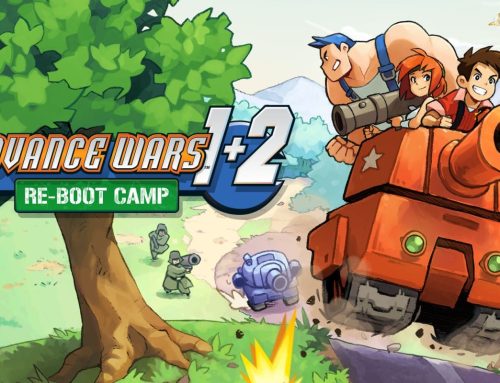
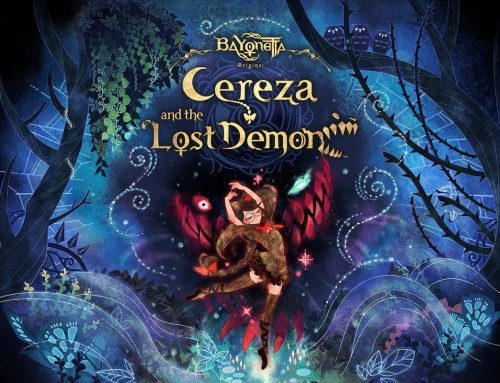
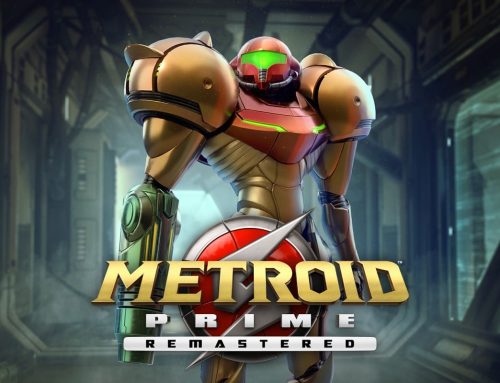
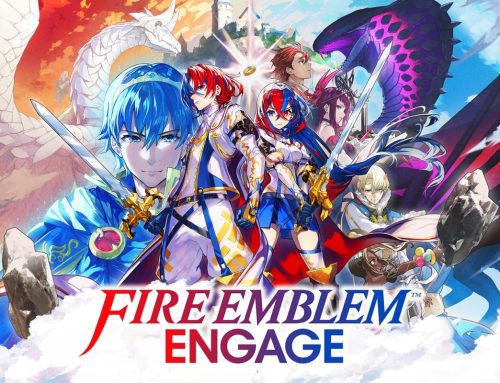
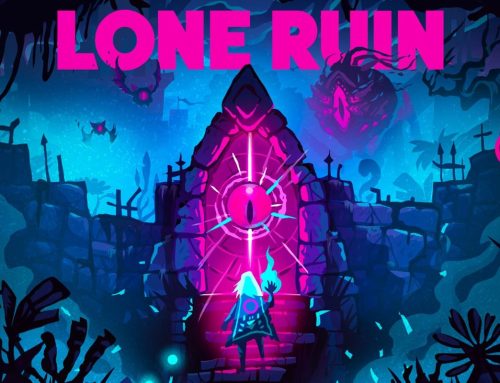

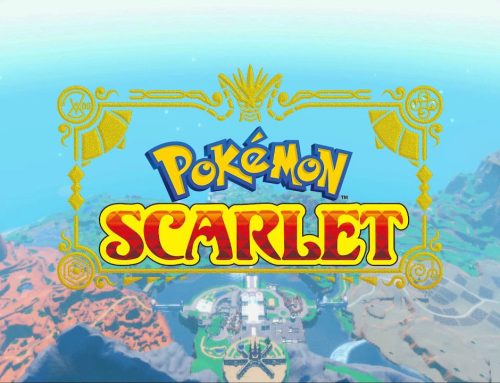
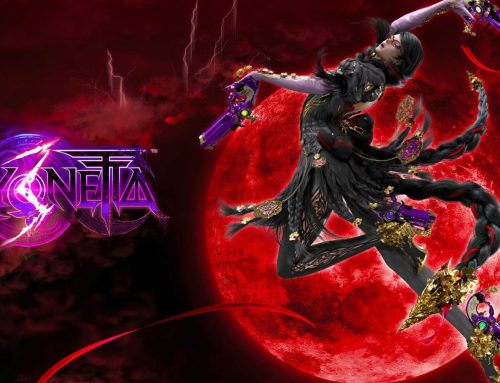
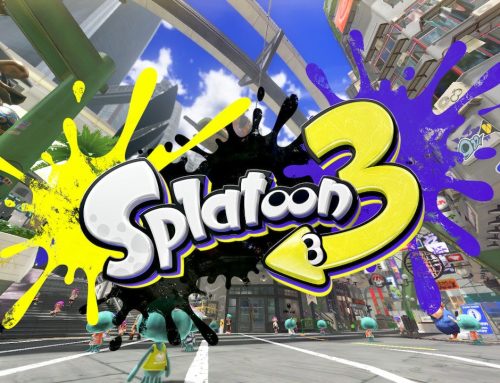

Leave A Comment
You must be logged in to post a comment.